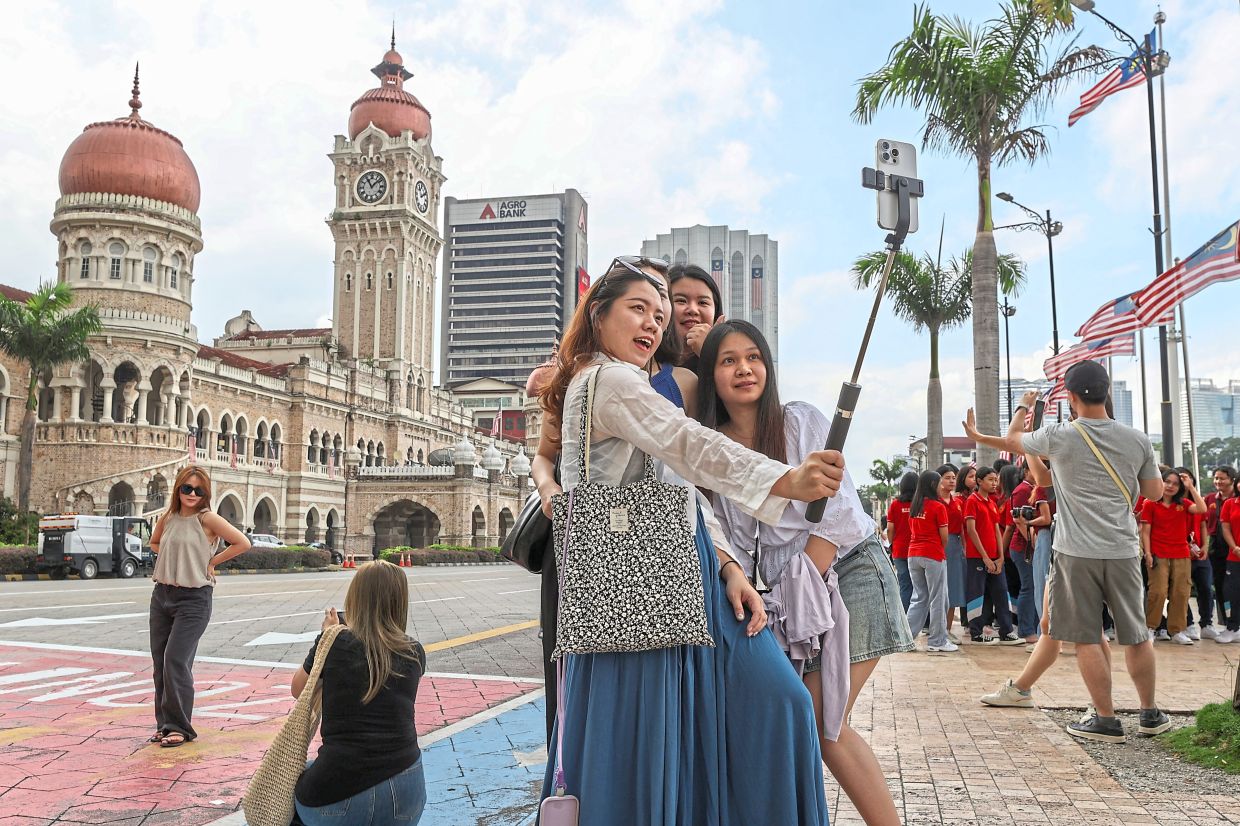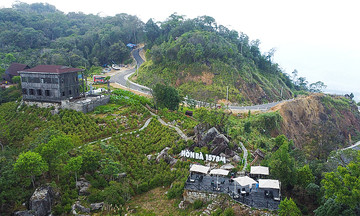In the first quarter, Malaysia emerged as Southeast Asia's top tourist draw, attracting 10.1 million international visitors, according to the Tourism Malaysia Board. This figure puts Malaysia ahead of Thailand, which held the top spot for many years, with 9.5 million visitors in the first quarter. Vietnam followed with 6 million visitors, and Singapore trailed with approximately 4.3 million.
Malaysia's significant growth stems from its robust visa-free policies, improved infrastructure, and sustainable promotional campaigns targeting the global market. Notably, Singapore contributed the largest number of visitors with over 4.9 million in the first quarter, followed by over 1.1 million from China and nearly 1.1 million from Indonesia.
The Malaysian government has extended its visa-free policy for Chinese tourists for another 5 years, potentially extending it to 2036, according to Home Minister Datuk Seri Saifuddin Nasution Ismail. Similarly, the visa-free policy for Indian tourists has been extended to 2026. These policies aim to attract more visitors from two of Asia's most populous markets, encouraging them to stay longer and spend more.
A digital visa system, increased air connectivity, and coordination between airports and travel agencies have created a seamless travel experience. Malaysia also stands out for its diversity, offering everything from UNESCO heritage sites and idyllic islands to bustling cities and lush highlands, catering to a wide range of tourist preferences.
 |
Tourists take photos at Merdeka Square, Kuala Lumpur. Photo: The Star |
Tourists take photos at Merdeka Square, Kuala Lumpur. Photo: The Star
In 2024, Insider Monkey, an American financial website, ranked Malaysia as the most favored destination in Asia, citing its beautiful beaches, diverse culture, high-end urban life, and hospitable people. Compared to Thailand, known for its beaches, nightlife, and low costs, Malaysia is seen as more family-friendly and orderly.
Malaysia offers a perfect blend of nature, culture, and modernity. Tourists can explore ancient rainforests, relax on pristine beaches, enjoy top-notch street food, and indulge in luxury shopping all in one trip. With government support and international partnerships, Malaysia is firmly leading Southeast Asian tourism and promises to continue shining.
As global tourism recovers, Malaysia has regained its growth momentum and further solidified its position as a leading Southeast Asian travel hub.
According to the Tourism Authority of Thailand (TAT), Thailand welcomed over 14.3 million international visitors as of the end of May, a 2.7% decrease compared to the same period in 2024. May recorded the steepest decline, marking 5 consecutive months of decreasing international tourist arrivals. International tourism revenue reached over 650 billion baht, a 1.05% increase compared to the same period.
Thailand initially aimed for international tourism revenue of over 2,300 billion baht in 2025. Due to the decline in visitor numbers, the target has been adjusted to 2,000 billion baht. In the first half of the year, Thailand only achieved about 33% of its revised revenue target. The TAT attributes the decline primarily to the Chinese market and various external factors such as the Covid-19 pandemic, earthquake impacts, and economic recession.
Hoai Anh (TTW, Bangkok Post, Data Tourism)












